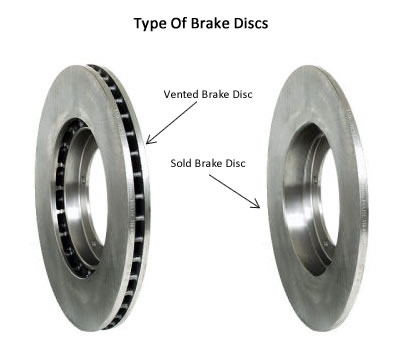
Do you know the difference between solid and vented rotors? If you're thinking this question is about the drill-pattern on the rotor surface, it's not. What this question is referring to is the inner structure of the friction surface.
A solid brake rotor is a single, solid disc. Vented rotors have two solid discs, divided in the middle by structures called vanes. Vanes add material to a rotor, increasing the rotors thermal capacity and creating additional pathways where heat can escape.
It's most common to see vented rotors on the front brake system of automobiles and solid rotors on the rear brake system. The front brakes do more work as most of the vehicle's weight is transferred to the front when slowing down. ...
Read More


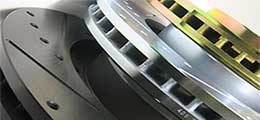

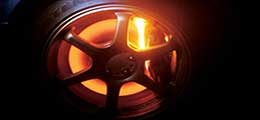
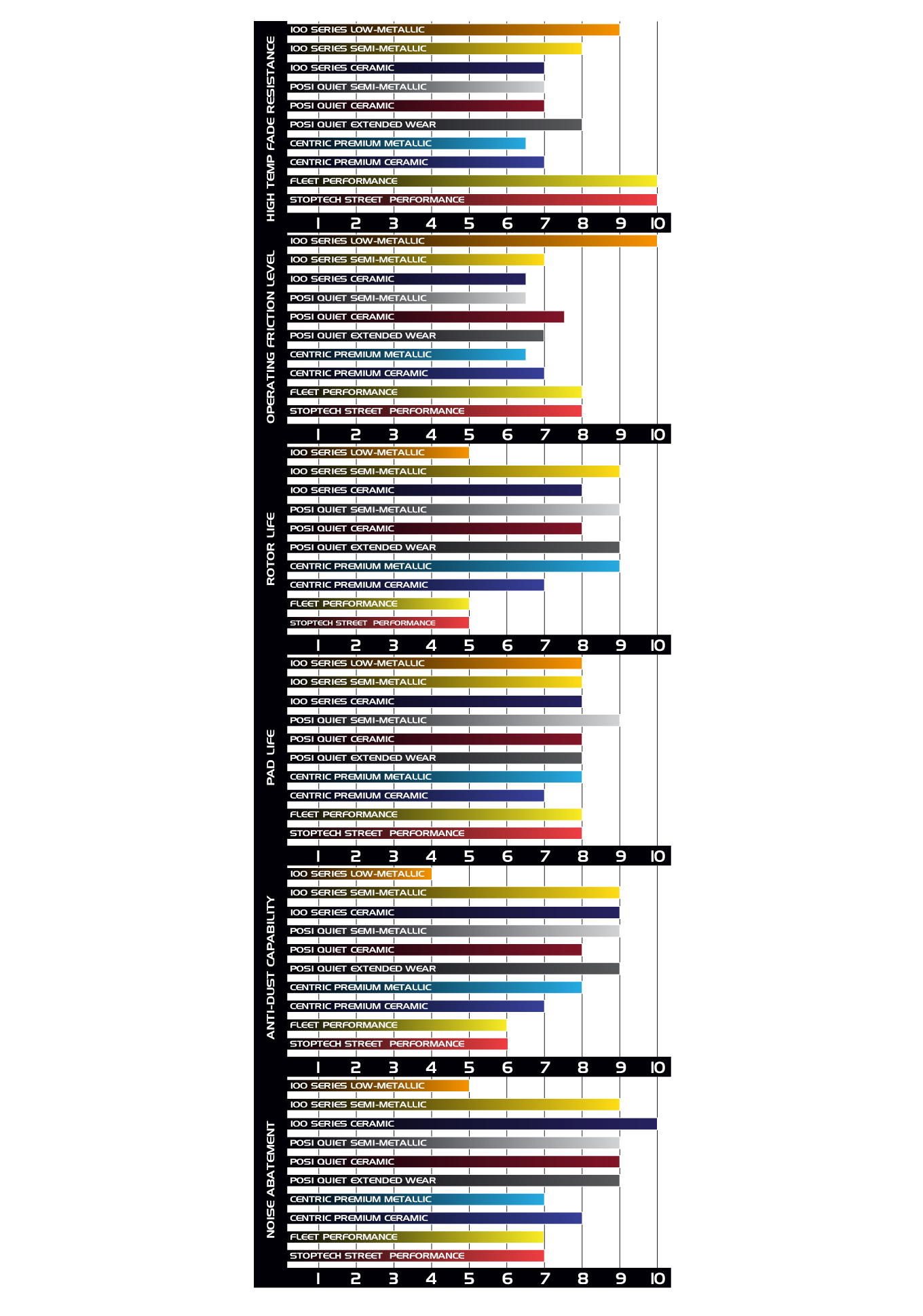 There are many choices when it comes to types of brake pads and friction materials. Generally, what you want are brake pads that are equivalent to original equipment as these brake pads are what the vehicle’s manufacturer recommends. However, it’s no secret that original equipment parts can be quite costly. Fortunately, there are many aftermarket brake parts companies which offer OEM equivalent or premium grade brake pads that may perform just as well, if not better than stock and at a better price point. This article is geared towards helping you identify and choose a brake pad that best suit your driving.
There are many choices when it comes to types of brake pads and friction materials. Generally, what you want are brake pads that are equivalent to original equipment as these brake pads are what the vehicle’s manufacturer recommends. However, it’s no secret that original equipment parts can be quite costly. Fortunately, there are many aftermarket brake parts companies which offer OEM equivalent or premium grade brake pads that may perform just as well, if not better than stock and at a better price point. This article is geared towards helping you identify and choose a brake pad that best suit your driving.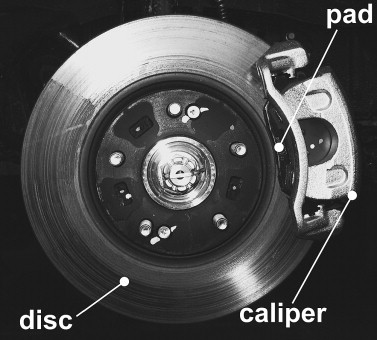 Disc brake drag is when your brakes fail to release completely after you have removed your foot from the brake pedal. As you may already know, the continuous use of your brakes may cause them to overheat—brake drag is problematic because the brakes would remain applied which results in overheating and damaged parts. Let us begin by mentioning that a little brake drag is normal and brake pads and rotors are usually in slight contact. If you were to spin your wheel, the wheel should be able to partly turn on its own. If the wheel does not spin and there is a lot of turning resistance, then there may be more brake drag present than you want. One main cause of disc brake drag involves the brake calipers.
Disc brake drag is when your brakes fail to release completely after you have removed your foot from the brake pedal. As you may already know, the continuous use of your brakes may cause them to overheat—brake drag is problematic because the brakes would remain applied which results in overheating and damaged parts. Let us begin by mentioning that a little brake drag is normal and brake pads and rotors are usually in slight contact. If you were to spin your wheel, the wheel should be able to partly turn on its own. If the wheel does not spin and there is a lot of turning resistance, then there may be more brake drag present than you want. One main cause of disc brake drag involves the brake calipers.
